Royal treasures have always fascinated the world, representing both immense wealth and deep historical significance. These artifacts, ranging from precious jewels to royal regalia, offer a glimpse into the lives and legacies of past monarchs. Each one carries a unique story, symbolizing power, prestige, and sometimes, even conflict.
The Koh-i-Noor Diamond
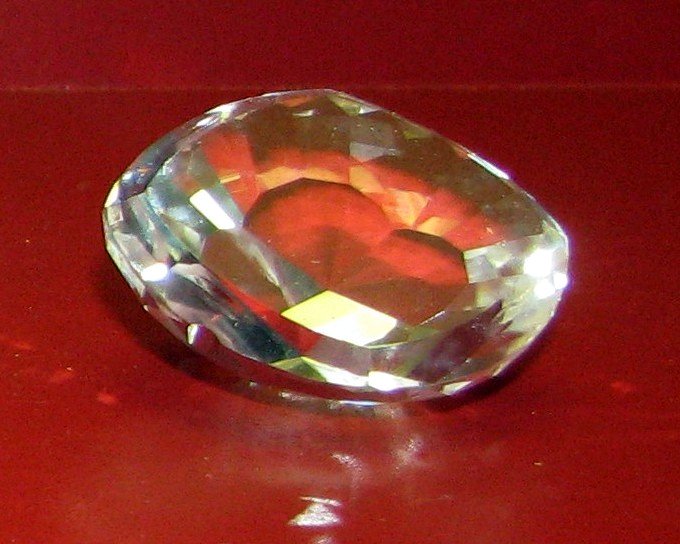
The Koh-i-Noor Diamond, one of the world’s largest and most famous gems, is steeped in both history and legend. Originally discovered in India, the 105.6-carat stone has changed hands between various rulers across centuries, each one claiming its power. Today, it is set in the British Crown Jewels, prominently featured in the Queen Mother’s Crown. Valued at over $400 million, its clear brilliance and flawless cut make it one of the most coveted diamonds in history. Many believe it carries a curse, bringing misfortune to any man who wears it.
The Crown Jewels of the United Kingdom
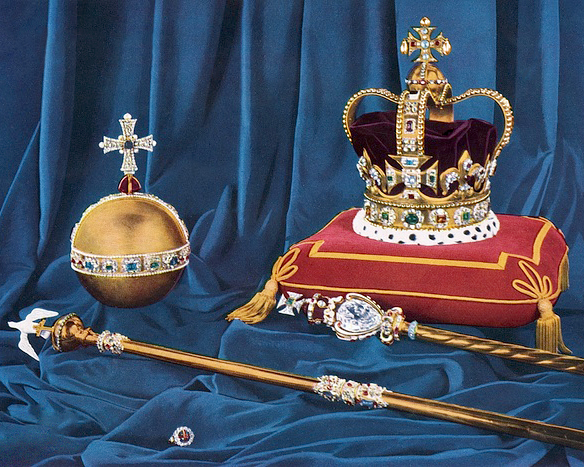
The Crown Jewels of the United Kingdom are a dazzling collection of crowns, scepters, orbs, and other regalia used in royal ceremonies. They are housed in the Tower of London and serve as a symbol of the British monarchy’s enduring power. Key pieces include the Imperial State Crown, which boasts the famous Black Prince’s Ruby and 2,868 diamonds. Although the collection is considered priceless, it holds immense cultural and historical value, symbolizing the continuity of the British monarchy since the 12th century.
King Tutankhamun’s Death Mask
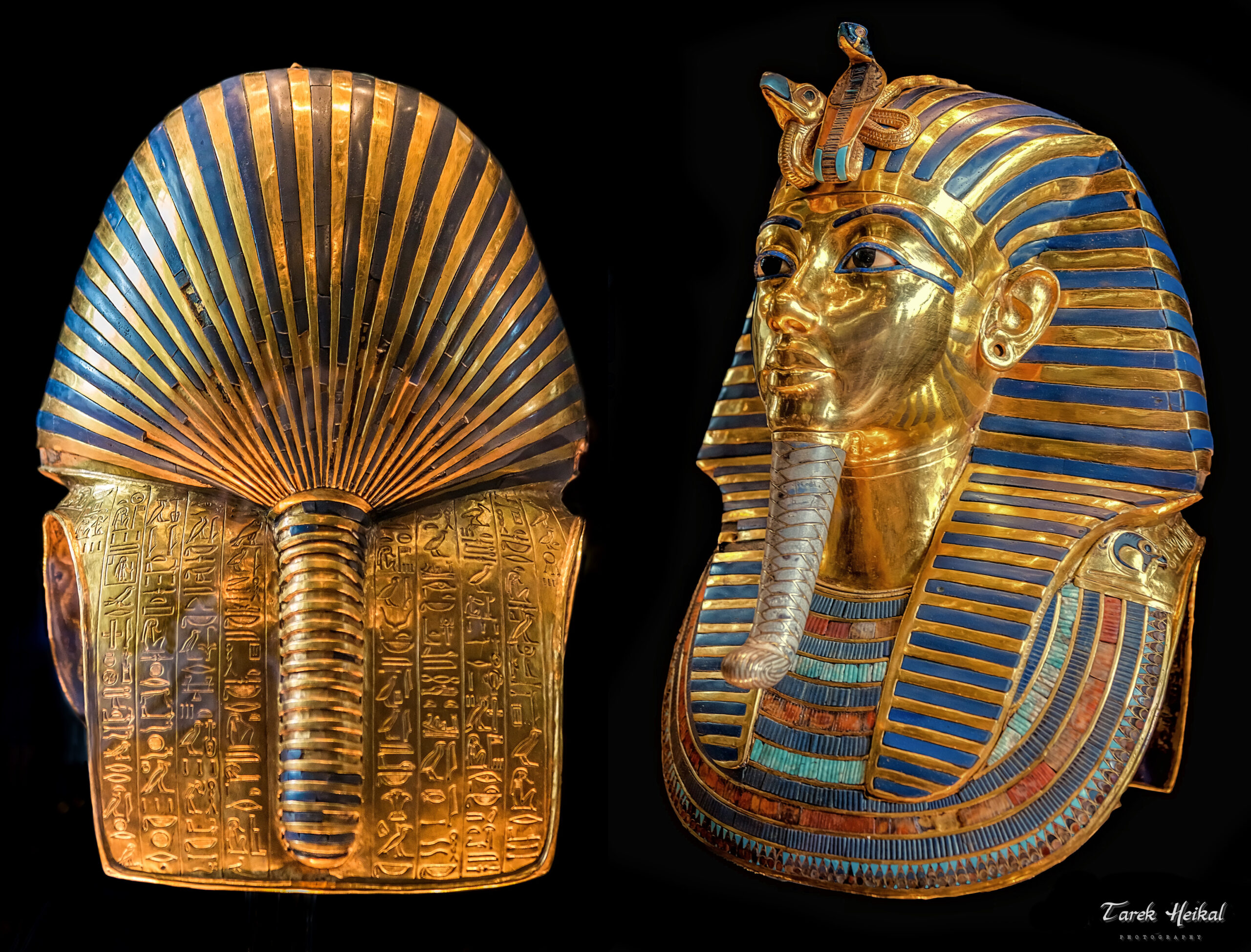
King Tutankhamun’s Death Mask is one of the most recognized artifacts from ancient Egypt. Discovered in 1922 in the boy king’s tomb, the mask is made from 22 pounds of solid gold and inlaid with colored glass and semi-precious stones. Its stunning craftsmanship represents both the artistic skills and religious beliefs of the time, portraying the pharaoh’s divine status. Valued at nearly $2 million, the mask is more than just a priceless treasure; it serves as a symbol of ancient Egyptian burial customs and the quest for immortality.
The Imperial Crown of Russia
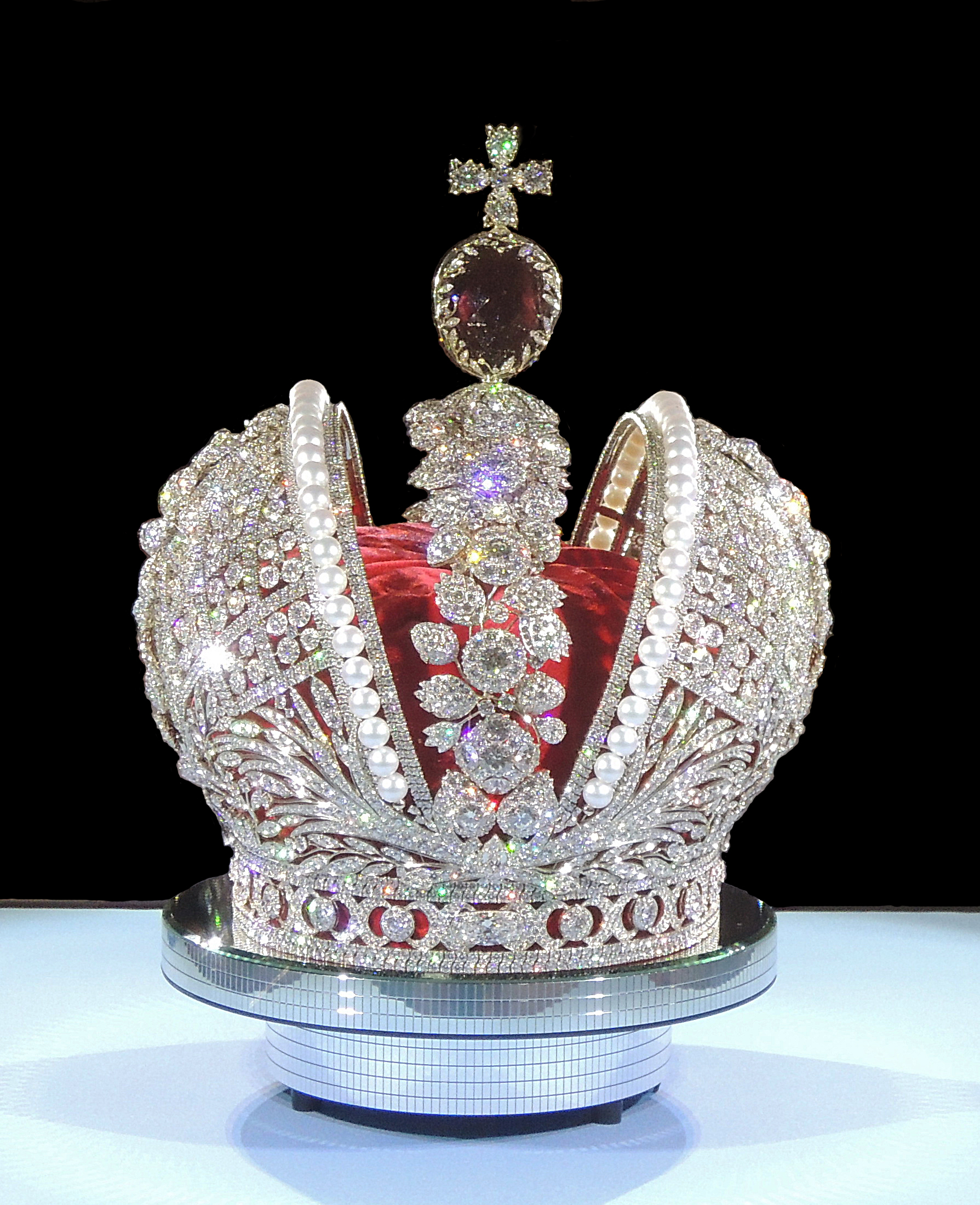
The Imperial Crown of Russia was created for Empress Catherine the Great’s coronation in 1762. Designed with 5,000 diamonds and an enormous 398-carat ruby at the top, it remains one of the most magnificent symbols of the Russian monarchy. This dazzling crown was worn by Russian tsars until the fall of the empire in 1917. Today, it is displayed in the Kremlin Armoury, symbolizing the vast wealth and power of the Romanov dynasty. Its historical and cultural significance make it truly priceless.
The Sword of Charlemagne
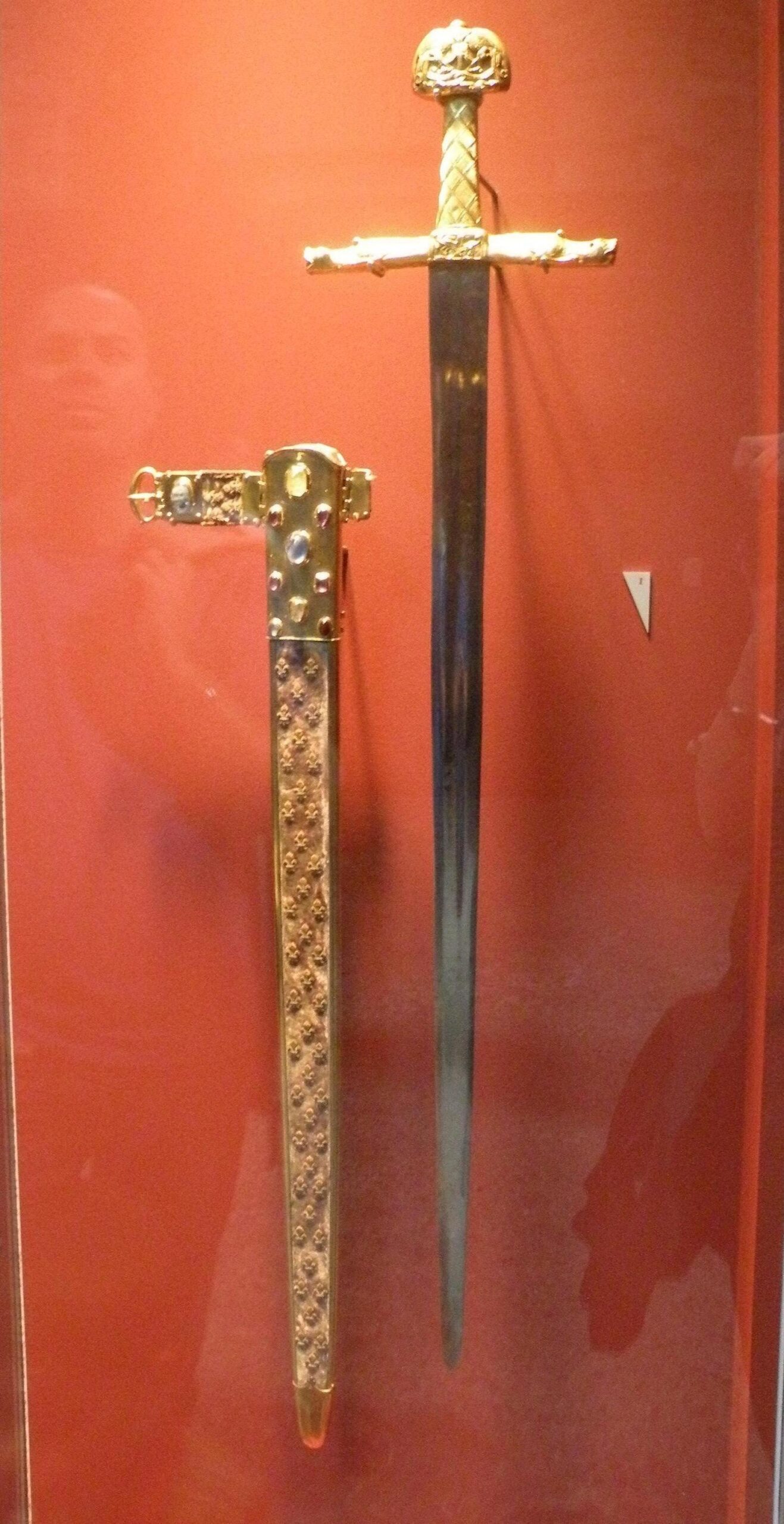
The Sword of Charlemagne, known as “Joyeuse,” is an ancient sword said to have belonged to the legendary emperor himself. Used during the coronation ceremonies of French kings, the sword is revered as a powerful symbol of French monarchy. The blade is made of steel, while the hilt is adorned with gold and precious stones. Though its exact monetary value is difficult to determine, its historical significance as a coronation sword for nearly 1,000 years makes it irreplaceable.
Queen Victoria’s Emerald Tiara
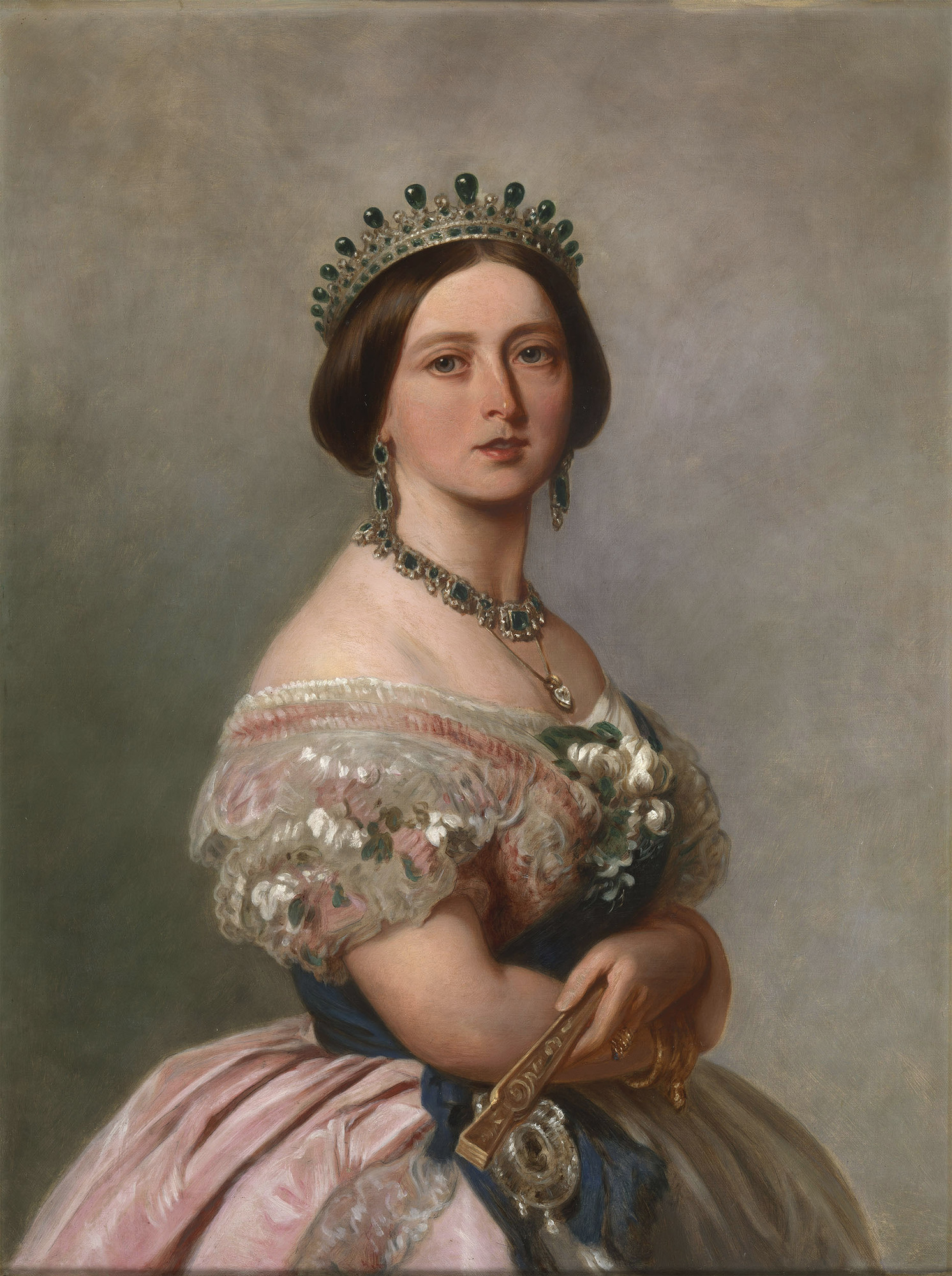
Queen Victoria’s Emerald Tiara is a sparkling masterpiece created by her beloved husband, Prince Albert. The tiara is encrusted with diamonds and vibrant green cabochon emeralds, symbolizing both royal elegance and personal love. The unique design and sentimental value attached to it make the tiara one of the most admired royal jewels. Today, its estimated value exceeds $6 million, but its significance in royal history far surpasses its price.
The Coronation Spoon of the British Crown Jewels

The Coronation Spoon, one of the oldest surviving pieces of the British Crown Jewels, dates back to the 12th century. Made from silver-gilt, the spoon is used during the anointing of British monarchs, making it an essential part of coronation rituals. Though simple in design, its role in royal history is significant. Its value lies not in its material but in its ancient tradition, which continues to this day.
The Cullinan Diamond
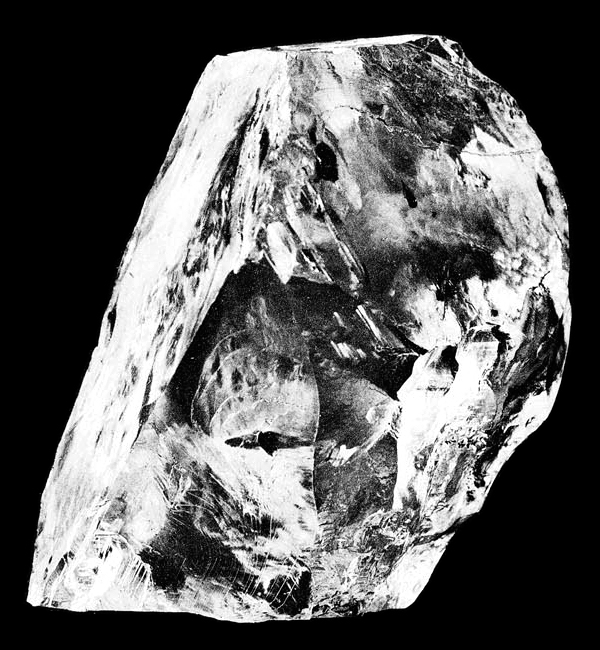
The Cullinan Diamond is the largest gem-quality diamond ever discovered, originally weighing an astonishing 3,106 carats. Mined in South Africa in 1905, the diamond was later cut into several pieces, with the largest one, the Cullinan I, set in the Sovereign’s Sceptre with Cross, part of the British Crown Jewels. Its current value is estimated at around $2 billion, making it not only a stunning gem but also a symbol of the vast wealth of the British monarchy.
The Royal Throne of Denmark
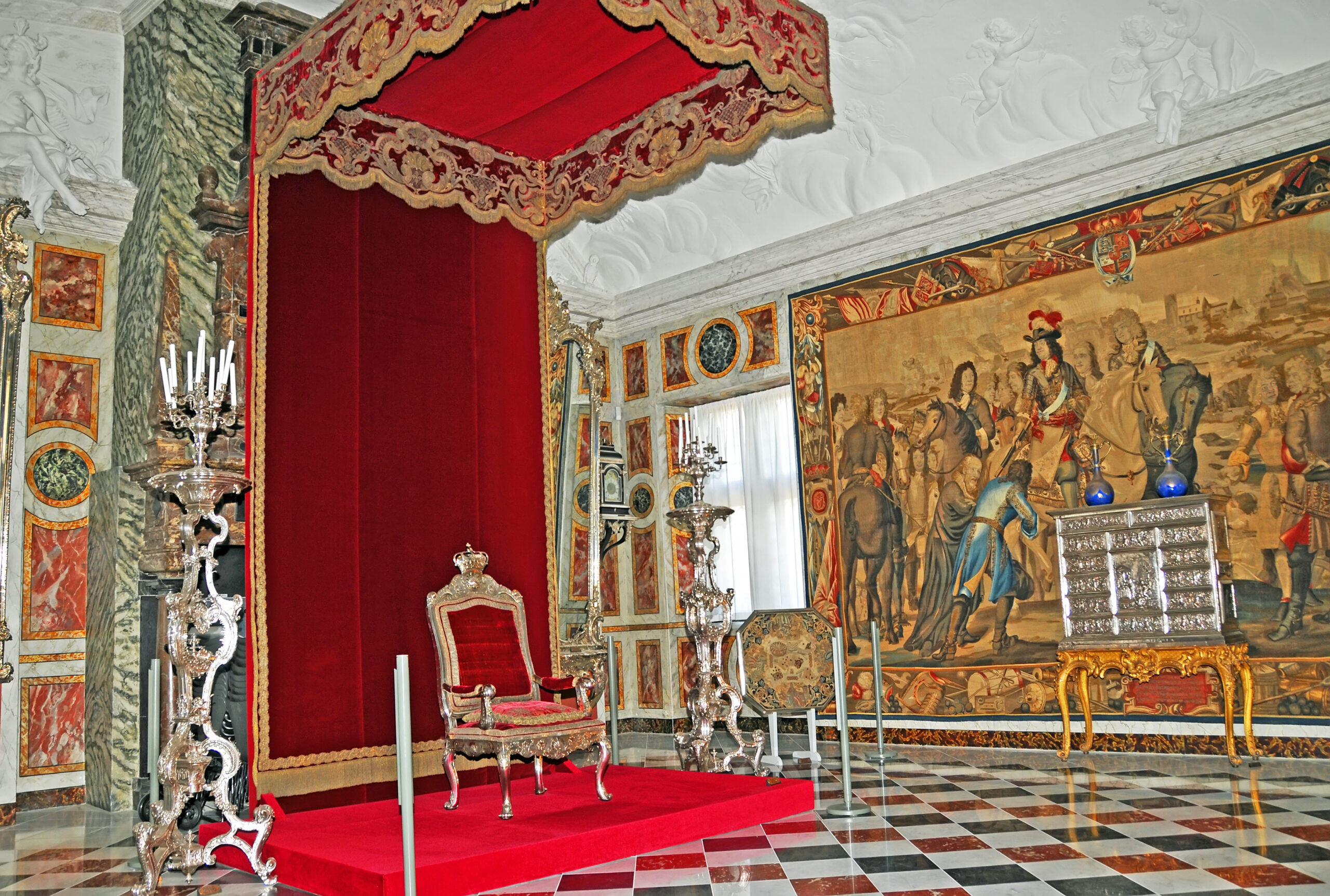
The Royal Throne of Denmark, crafted from narwhal tusks and silver, is a rare and symbolic artifact of Danish monarchy. This throne, dating back to the 17th century, is used during coronation ceremonies. The intricate silverwork and unique materials used give it great value. While it is a priceless national treasure, experts estimate its worth at around $1.5 million, though its cultural significance far outweighs any financial estimation.
The Rosetta Stone (held by kings of ancient Egypt)

The Rosetta Stone, used by ancient Egyptian rulers as a political decree, is one of the most important archaeological discoveries in history. While the stone itself has no significant material value, its contribution to deciphering Egyptian hieroglyphs makes it invaluable. Housed in the British Museum, its estimated historical value is around $1 billion due to its unique role in understanding ancient Egyptian civilization.
The Armor of King Henry VIII
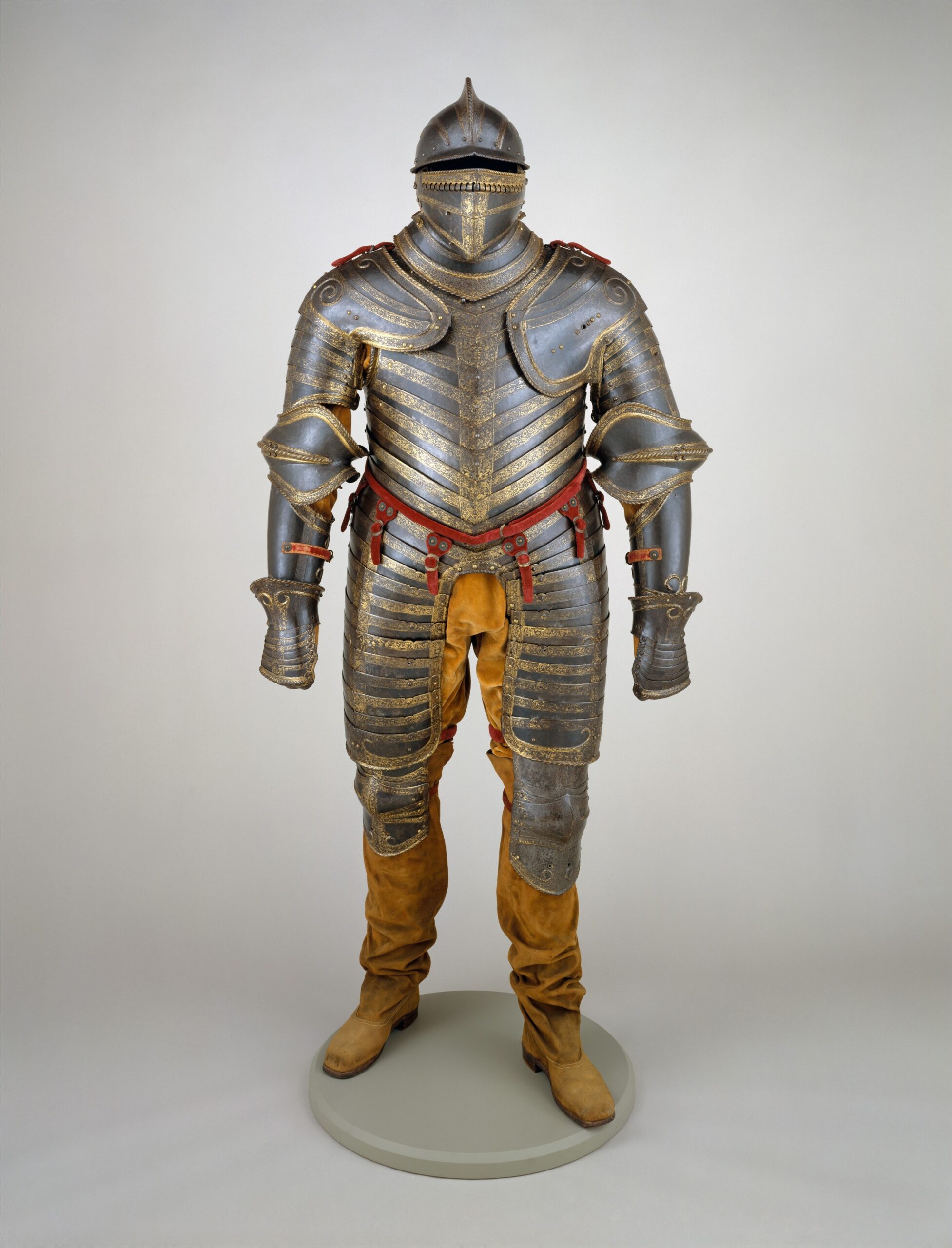
The Armor of King Henry VIII is one of the most famous suits of armor in history, designed to fit the imposing king. Made of steel and adorned with gold accents, it weighs over 90 pounds. As a personal artifact of Henry VIII, its value is estimated to be around $3 million. Its significance lies not only in its craftsmanship but in its association with one of England’s most famous monarchs.
Marie Antoinette’s Diamond Necklace
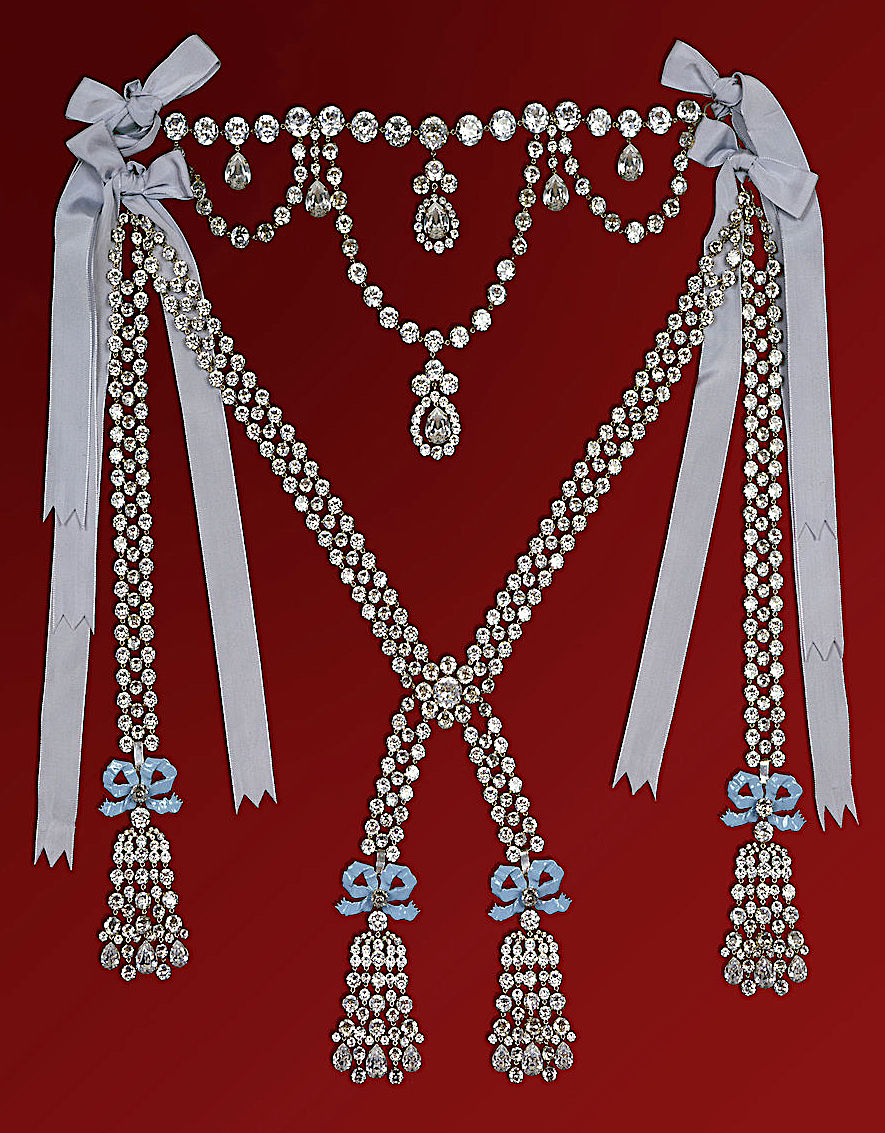
Marie Antoinette’s Diamond Necklace became infamous for its role in the Affair of the Diamond Necklace, a scandal that contributed to the French Revolution. Made from hundreds of large diamonds, it was originally valued at 2 million livres (equivalent to around $15 million today). Its association with Marie Antoinette and its intricate craftsmanship make it one of the most valuable and iconic pieces of jewelry in history.
The Crown of Saint Wenceslas
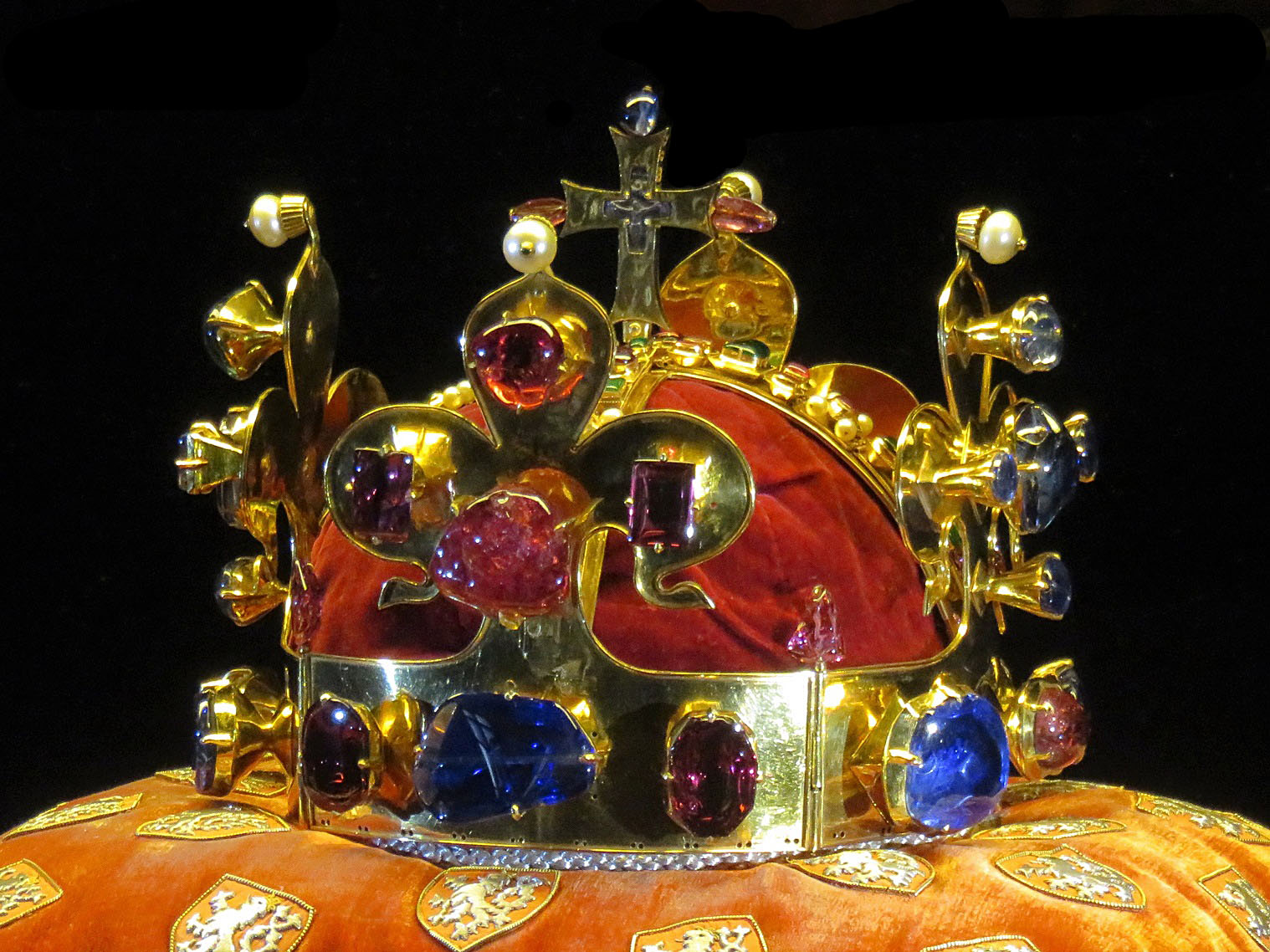
The Crown of Saint Wenceslas is a 14th-century royal crown used in the coronation of Czech kings. Made of 22-karat gold and adorned with gemstones, including sapphires, rubies, and pearls, the crown is an irreplaceable symbol of Czech history. Though it is considered priceless due to its historical and cultural importance, experts estimate its material value at around $20 million.
Napoleon’s Coronation Crown
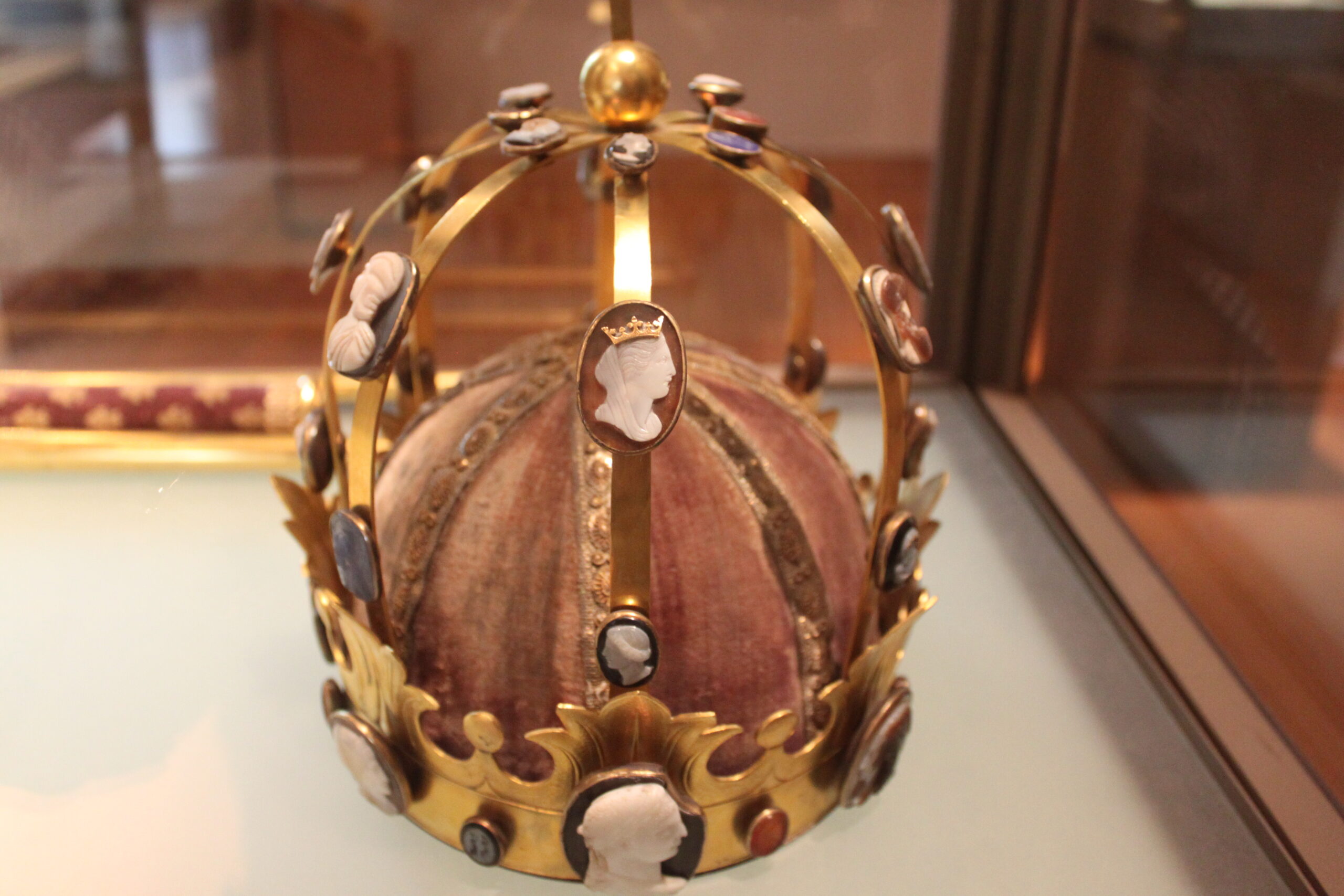
Napoleon’s Coronation Crown was crafted from gold and adorned with laurel leaves to symbolize victory and imperial power. Created for his coronation as Emperor of France in 1804, it holds significant historical value. Though its gold content alone is worth millions, the crown itself is estimated at over $50 million due to its association with Napoleon and its imperial design.
This article originally appeared on Rarest.org.
More from Rarest.org
1960 Jefferson Nickel Value Guide
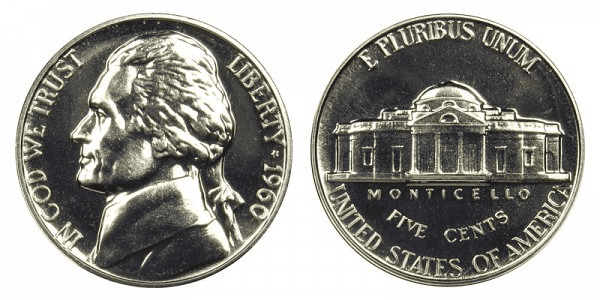
The 1960 Jefferson nickel is made of 75% copper and 25% nickel. It’s quite interesting to note that from mid-1942 to 1945, nickel was made of 56% copper, 25% silver, and 9% manganese. Read More.
1956 Lincoln Wheat Penny Value Guide

The Lincoln penny or Lincoln cent in 1956 bears a value of one cent. It is made of 95% copper and 5% zinc, and tin. Read More.
1960 Washington Quarter Value Guide

The 1960 Washington quarter comprises 90% silver and 10% copper. However, by 1965, the US Mint decided to remove all silver content from US coins, including the Washington quarter. Read More.
